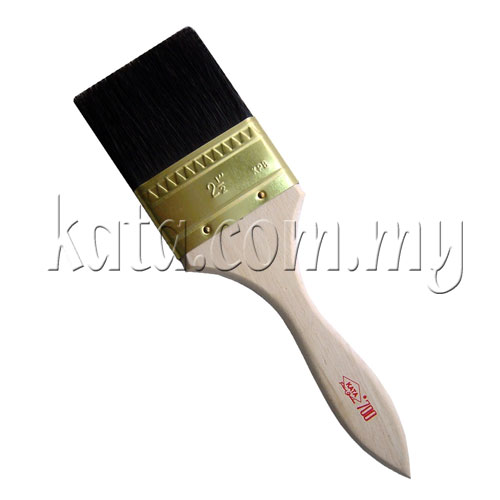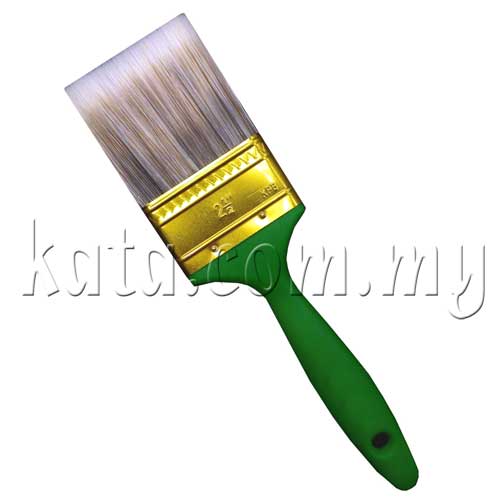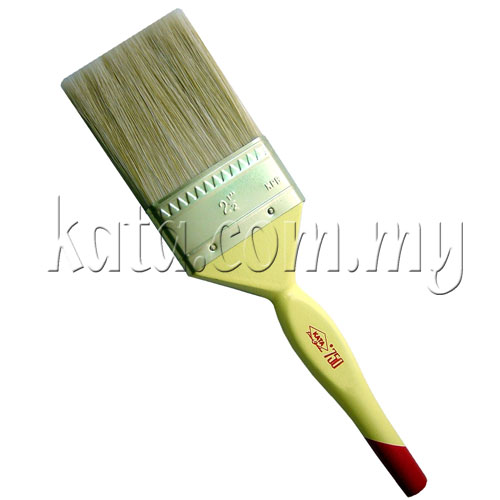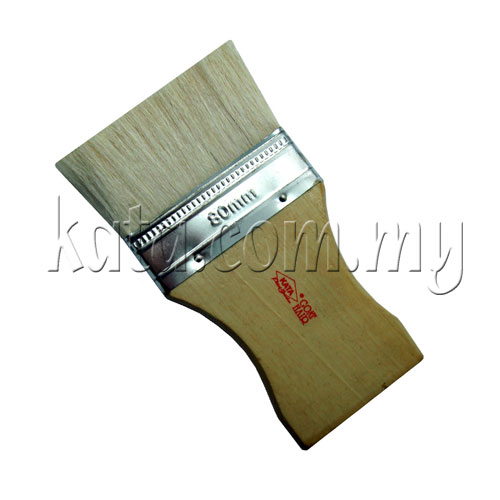PAINT BRUSHES
This is the important first step in any painting project. With so many different sizes and styles of paint brushes available, it's sometimes hard to know which one fits your project best. Here are some general guidelines for you to choose the right paint brushes to fit the job.
• Select A Quality Brush
All paint brushes are not the same! Poor quality paint brushes can contribute to a poor paint job. If you take a high quality brush and a cheap one and dip them into the same can of paint at the same depth, you will see just how much more paint the high quality brush holds.
• Match The Brushes To The Paint
Before you start your painting work, you need to select the type of paint (oil-based or water-based) you want for protecting and beautifying. It is important that you understand the distinctions between the various material used to create the working end of the brush. The material generally comes in three forms:
Natural Bristles: a natural bristle brush is the best choice for oil-based paints, shellacs and lacquers because they have the softest and split tips, is provide a good release of paint for the smoothest finish.
Synthetic Fibers: when you choice in coating in emulsion or water-based paints, the synthetic fibers brush is a great choice, because they do not absorb water, and also more durable, straight and very resilient.
Mixed Bristles: mixed bristle brush actually is a synthesis of both natural bristle and synthetic fiber, they have the best features of both bristles which include faster and easier painting, thereby obtaining remarkable paint absorption, releasing, durability and excellent workability.
• Use A Variety Of Brush Sizes
It is also important to match the size of the paint brushes to the paint job. Using the right size paint brush will give you far better results as well as save your time and effort. Generally, paint brushes width ranges from 1/2 to 4 inches. Most jobs, both interior and exterior, will require several paintbrushes of varying widths.
1/2 to 2 inches: excellent for precise painting of door and window frames, trim, touch-ups or narrow surfaces.
2-1/2 inches: best for cutting in corner works.
3 to 4 inches: for covering large surfaces quickly such as interior walls and ceilings, side paneling, exterior siding, etc.
To make the proper choice in paint brushes, it is important that you understand the distinctions between the various material used to create the working end of the brushes. The material generally comes in below forms:
0194200925530PM.jpg)








